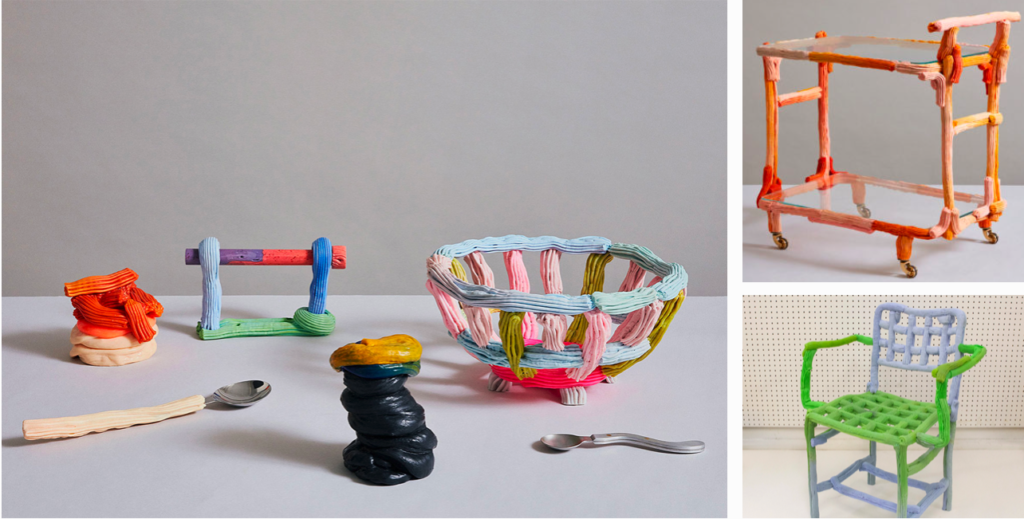Much like Brutalism was a disruptive reaction to the over-designed, over-analysed designs of the generation before – a style born to evoke bold reactions – 2022 will move from disrupting to transforming […] Subversive design asks for an action and demands participation. It begs you to question your own practice as a designer or as a user. It also steps away from dark patterns, aggressive persuasion and dishonest branding. It will no longer cut it to design with the intent of contesting or rejecting popular opinion. – Wednesday Krus
3 ways design is creating impact around the world









